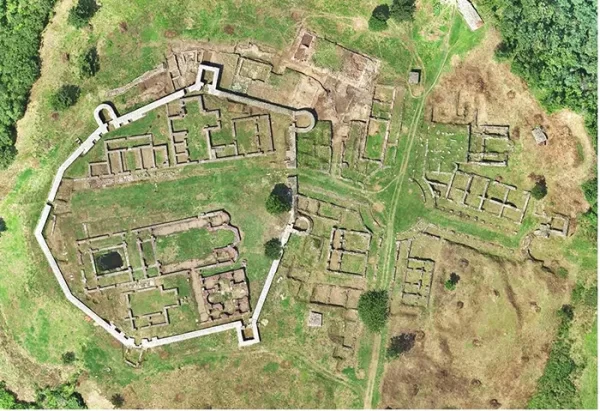Overlooked Heartlands of the Roman Empire
The Danubian provinces—Pannonia, Moesia, and Illyricum—rarely feature in modern historical accounts, despite their vital role in both Roman and medieval times. These regions were not only the birthplace of several late Roman emperors, known as the Illyrian emperors, but also fertile zones rich in agriculture and industry. However, finding detailed modern literature on this subject in English remains a challenge.
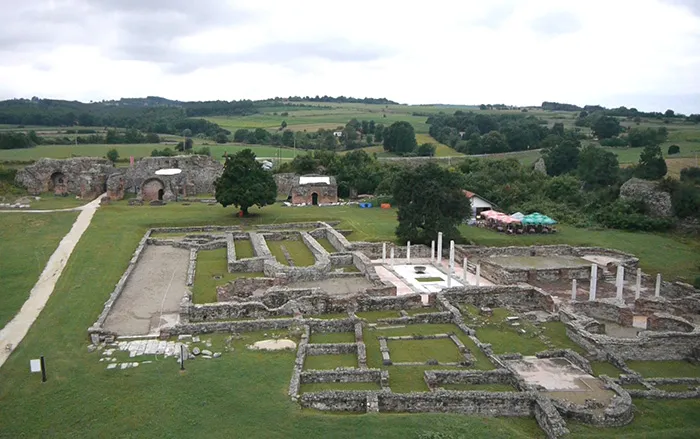
Crossing into the Balkans
Leaving behind the Austro-Hungarian world along the Danube and heading south brings a cultural shift. Baroque architecture disappears, cuisine turns meat-heavy and reminiscent of Greek, Macedonian, and Turkish flavors, and the atmosphere carries echoes of resistance against both Ottoman Pashas and Austro-Hungarian rulers. It is here that many emperors were born—and returned to die.
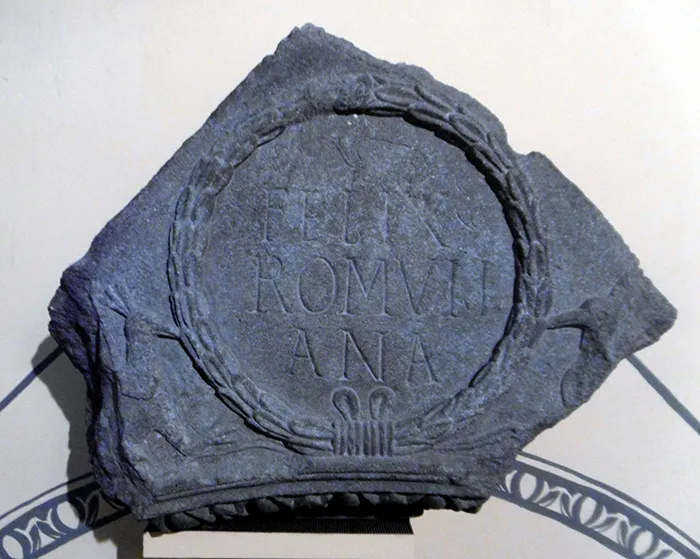
Galerius and the Villa at Gamzigrad
The best-known of the late Roman villa-palaces is at Gamzigrad, initially mistaken for a Roman fort. Excavations since the 1950s have revealed a vast, fortified imperial complex known as Felix Romuliana, named after Galerius’ mother, Romula.
Galerius, Diocletian’s fiery and authoritarian successor, built this grand estate around AD 298. His death in 311, marked by suffering and chronicled with satisfaction by Christian writers, adds drama to the story. Both he and his mother were cremated on a hill above the site, with their burial pyres yielding rich finds including gold ornaments and intricate metalwork.
A Palace Fit for an Emperor
Felix Romuliana was more than a villa—it was a self-contained city. Bold polygonal towers surrounded a site containing:
- A grand imperial palace with reception halls and guest suites
- Baths adorned with mosaics
- A smaller private palace
- A major temple to Jupiter and Hercules
- Service quarters, barracks, and a bustling outer settlement
Today, architectural fragments and sculptures are on display at the site and in the museum at Zaječar, revealing a mix of Classical and late Roman styles, including powerful purple porphyry statues of emperors.
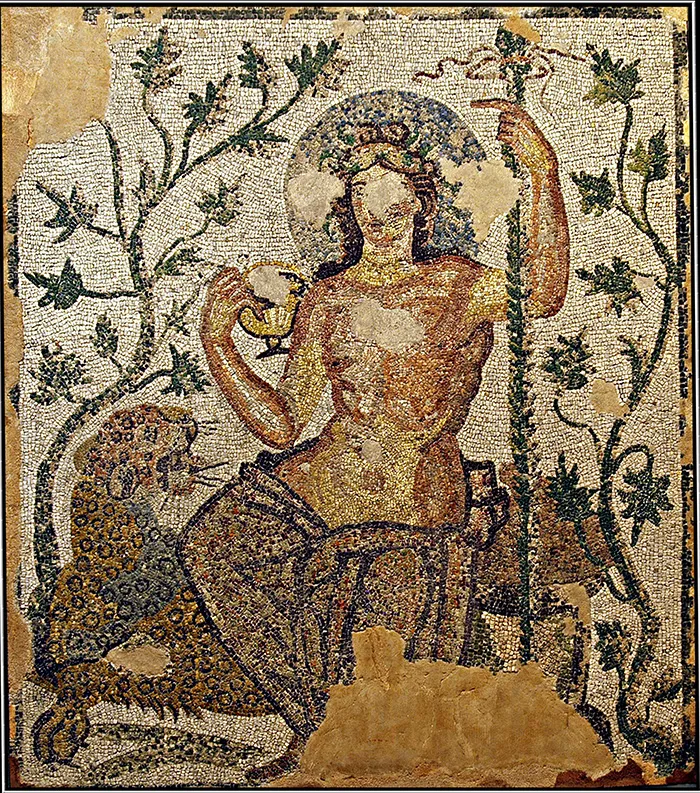
Sarkamen and a Family Legacy
Another imperial villa site lies at Sarkamen, perched on a misty hillside. Smaller and more enigmatic, only its wall circuit has been uncovered. This estate likely belonged to Maximinus Daia, Galerius’ nephew. A mausoleum there yielded no bodies, but did offer exquisite golden jewelry, now housed in the Serbian National Museum in Belgrade. These treasures likely belonged to Maximinus’ mother—Galerius’ sister—who was interred there.
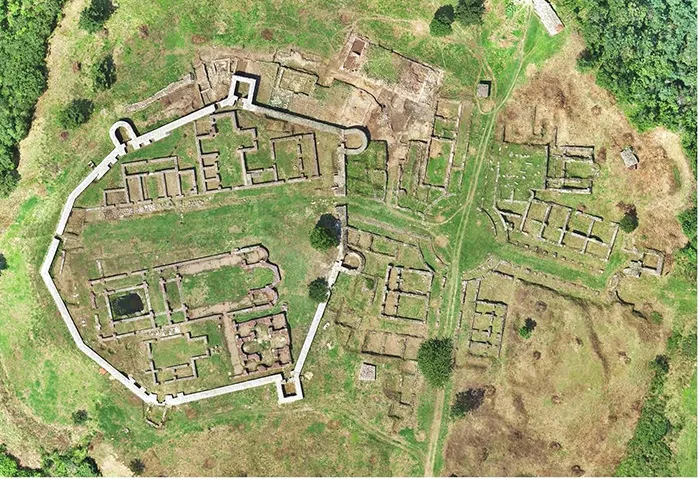
Constantine’s Birthplace and the Villas of Mediana
Further south lies Niš, birthplace of Constantine the Great. A modern park now stands where a Turkish fortress once dominated the ancient city. The nearby Mediana villa complex is undergoing significant reconstruction and excavation under Dr. Vesna Crnoglavac of the Niš Museum.
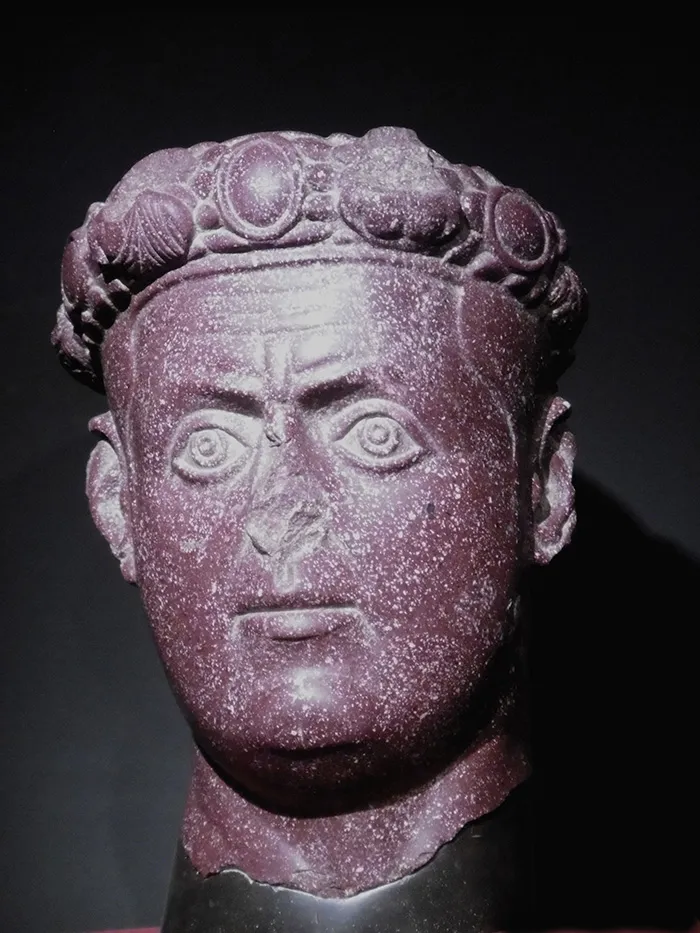
Mediana boasts:
- A central colonnaded complex likely used for administration
- Ornate mosaic rooms, possibly imperial residences
- A secluded, towered section for privacy
- Two large service courtyards with:
- Barracks, stores, and stables
- Warehouses housing massive dolia (storage jars)
- A wine press—suggesting large-scale wine production
One warehouse alone held 36 dolia, capable of storing around 126,000 litres of wine—a supply for the imperial court and military garrisons.
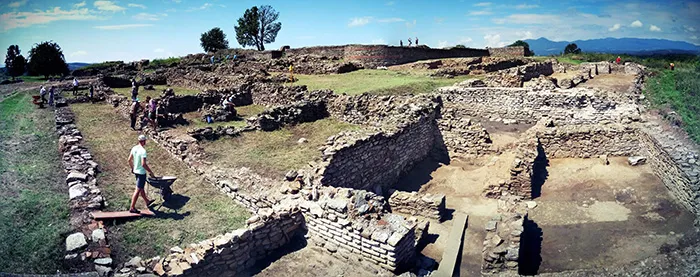
Justinian’s Vision: Justiniana Prima
In the 6th century, amid instability and invasions, Justinian the Great sought to counterbalance ecclesiastical power by creating a new Archbishopric in the Balkans. He chose his (or his mother’s) home village as the site for a new imperial city: Justiniana Prima.
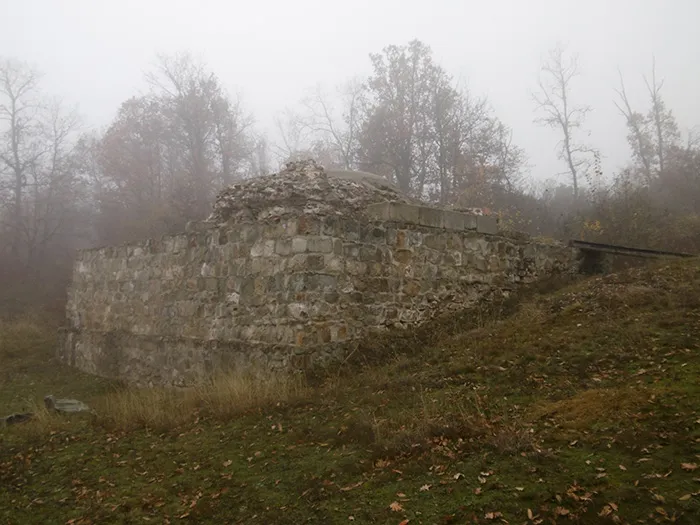
This planned city featured:
- A fortified citadel with cathedral and archbishop’s palace
- Colonnaded streets and a circular forum
- A bronze statue of Justinian
- A lower city filled with noble villas and churches
- Suburbs for commoners
- Workshops producing carved ivory, metalwork, and luxury goods
- An aqueduct and reservoir
Though built in a Classical style, its materials and layout anticipated the Early Medieval world, making it a model of Late Antiquity. Sadly, today the site suffers from neglect, with little funding for conservation.
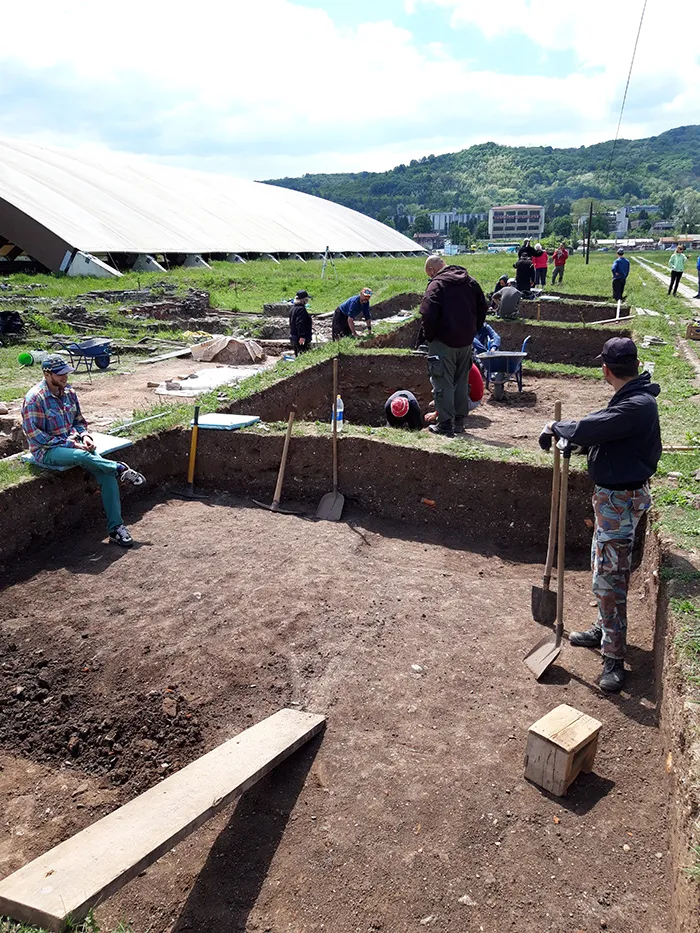
A Journey’s End
This archaeological journey through Serbia concluded at Justiniana Prima, but the country’s rich medieval heritage—with its remarkable churches and an empire that once rivalled Byzantium—awaits future exploration. Despite modern challenges, Serbia remains a welcoming land steeped in history, offering unique insight into the forgotten corners of the Roman world.
